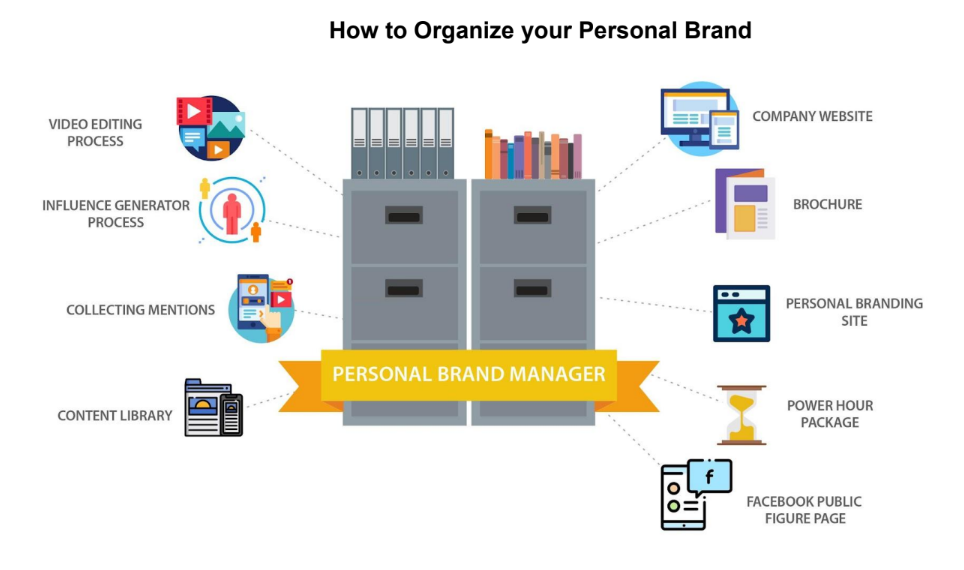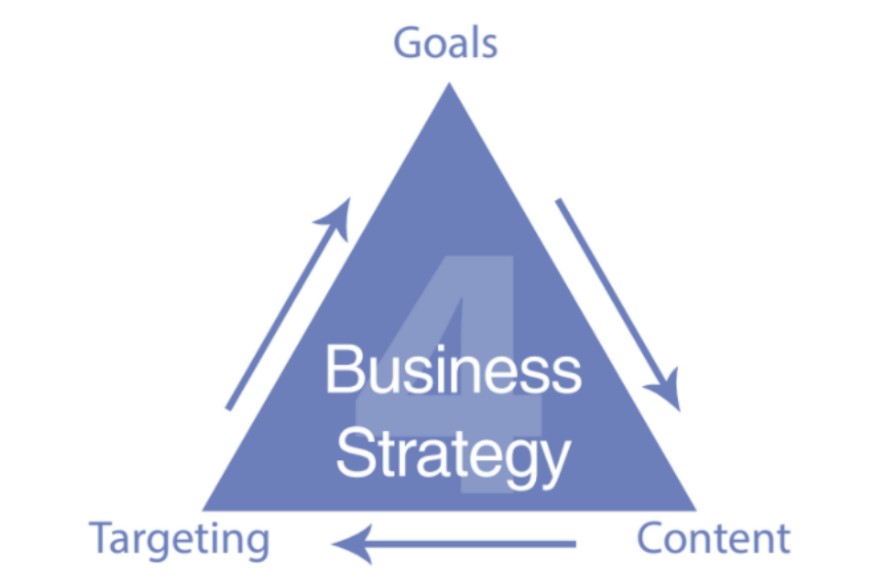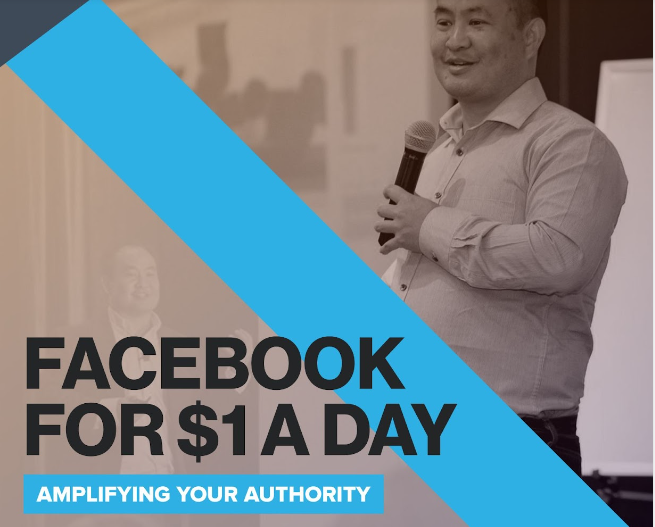Introduction
At an internal training session for the staff of Rosetta Stone, a language learning company, on personal branding, I walked them through the step-by-step process of how to build a personal brand and how it is a forerunner to building the corporate brand.
You organize your personal brand; assemble, tune, and amplify your assets via the Personal Brand Manager.
The Content Library is where you accumulate and organize all your published content, mentions, and endorsements across varied mediums like articles, videos, and podcasts, and identify the top-performing content using our Standard of Excellence, boosting them for a dollar a day.
Then optimizing the top nine using our 3×3 grid. Over a period of time, the budget allocation will shift from being skewed towards boosting to optimization; generally, it is seen that the ratio shifts from 80:20 to 20:80.
All this is tracked in the Content Library, which is an indispensable tool.

Table of Contents
Starting Point for Content Marketing
Your personal brand is the starting point for your company’s content marketing efforts. It always starts there until you have followers who eventually spread the message. Then, it’s no longer just about you.
However, you have to be the one to jumpstart that. That means you have to be a public figure. So, if you think about personal branding, we’re assuming that there’s something that you stand for, which could be how to maximize your productivity and get a head start in your career.
Plumbing – Creating the Foundation

However, first, you have to connect your plumbing, which is the foundation. This includes your blog, your Twitter, your LinkedIn, your Facebook, or your Quora so that when the content starts flowing, you’re able to track everything, and the analytics are in place.
Every piece of content you create, such as a blog post created by transcribing a video through tools like Descript, can be posted on YouTube and all these other places. So, you’ve multiplied one piece of content by a factor of 10 due to digital plumbing. When others pick up on it on these other channels, they retweet and comment on your blog. It will rank in search results, generating more follow-on.
The Strategy

Goals
Aligning Content with Personal Brand
Create content that aligns with what you stand for and reach the audience so you can share all the things that you’re learning. You can give just the choice nuggets to these other people that will help them shorten the gap on their journey of being more productive and organizing their time.
You must have a content strategy. For example, if the mission or goal is learning languages, that should break down into sub-goals like learning Spanish, business travel, and ordering in a restaurant. Each of these things goes down into a content tree that eventually rolls up into learning and feeds the mission.
Many people, including well-meaning VAs, make the number one mistake of pushing content randomly; but that doesn’t work because it doesn’t tie back to an overarching concept or theme.
This approach is unfocused and ineffective. However, if you use a content strategy, you can categorize your content and easily identify where it fits within your overall mission. Any new piece of information you learn can be examined to determine if and how it fits within your strategy, ensuring that only relevant content is included.
Content
Creating Checklists for Specific Goals
Each time you complete a task, you create a content opportunity. You write about what you’ve done and store it in your content engine, which automatically distributes it across all of your channels, including Facebook, Instagram, and other social media sites. You can use tools like “If This, Then That” to ensure that your posts are distributed seamlessly without being spammy. Your execution, therefore, generates content on an ongoing basis.
When you have a content strategy, you’re filtering for “gold” as you sift through new information, often having to digest many articles to find one or two nuggets that fit your structure.
But once you find content that fits, you can organize it into checklists that are sequentially linked to achieve a specific goal. For example, if your goal is to make more money, you can break it down into sub-goals and then further into tasks, creating checklists that provide a clear path to success.
As you complete tasks, you create checklists based on the knowledge you have gathered over the years. These checklists represent your processes, which are born out of learning, trial and error, and other experiences. Therefore, you are constantly generating new processes that contribute to your Content-Checklist-Software system (a part of the Nine Triangles Framework).
By creating these checklists, you’re showing that you’re the living proof of how to accomplish a goal. You’re not just sharing random facts, but instead, you’re providing a process that has been tested and refined through trial and error. Furthermore, this process is consistent and aligned with your mission, ensuring that there’s integrity in everything you do.
Turning Checklists into Guides to Sell
The final step is to turn these checklists into guides that you can sell. By offering a condensed version of the knowledge you’ve gained, you can help others achieve their goals more efficiently. You can create a landing page with a video that explains how you spent years studying and compiling resources to achieve your success.
By condensing it down into a simple checklist, you can offer your readers a valuable gift that saves them time and energy and request them to provide their email address below the video to send them the checklists or the guide.
And so this is what you use to build your list and market to your list. Then, against the list, you sell coaching or say, “Hey, did you really like that checklist that I gave you? I’ve got a paid product for $79.”
Creating Content Around The “Why,” “How,” and “What”
In order to create content for achieving success and delivering on a mission or purpose, it is essential to have a clear understanding of the “why,” “how,” and “what” of the execution process.
The “Why”
The “why” refers to the mission or purpose, such as solving poverty, improving the environment, or personal growth. This is the content that delivers on the mission and supports the “how.” It is essential to have a clear understanding of the “why” in order to achieve success and make a meaningful impact.
The “How”
The “how” refers to the specific steps necessary to achieve the mission. For example, Uber’s “how” involves creating cheaper transportation options, creating jobs, and challenging the taxi cab authority. It is important to understand the “how” and have a clear plan in place in order to achieve success and deliver on the mission.
The “What”
The “what” refers to the mechanical execution process, which is like the foundation of a skyscraper. Without a strong foundation, the entire structure collapses. This foundation is what we call repeatable excellence. To ensure that the execution is consistent and repeatable, checklists, standard operating procedures, and logic must be in place.
Checklists and Standard Operating Procedures
To ensure that the execution process is clear, consistent, and repeatable, it is essential to have checklists and standard operating procedures in place. Without these, the content ends up being random and ineffective. By creating checklists, you have effectively created a franchise. Refining and using the checklists allow you to polish and confirm your brand through experience.
Targeting
In order to generate a list of audiences to target, you must be perceived as an authority to build the list. You need both actual and perceived authority. Some people are perceived as authorities, though they are actually not, and those people are bad. A lot of the internet marketing crowd are those who just beat their own chests.
Bridging the Gap from Actual to Perceived Authority
To bridge that gap from actual to perceived authority, read other people’s content (those that fit your content strategy – filtering for ‘gold’) you’re a big fan of and say, “Hey, I really like your stuff.” And then what do they do? They reply, “Wow, thank you so much,” or, “Wow, that was so cool.” You then curate that and assemble their things into tips from these other people. It’s not a checklist.
You could then even approach them to provide some input, even a sentence, to a blog post you are preparing on a particular topic that the other person is an authority on. And they generally provide the input willingly and sometimes even more than you requested.
So, you’ve consumed their content and been writing about their stuff, and they see that it’s been distributed. Then you could approach another authority and request a short interview with them for an article, And since they start to know who you are based on your engagement with the other authority who gave you the input for your blog post and also your mission is aligned with theirs they will in most cases agree for an interview. So now, all of a sudden, you produced this content, and then you’ve pushed it through their content marketing.
It doesn’t matter where it fits, whether on their blog, your blog, a guest blog on their website, their blog on yours, or whatever. Because when you publish them, these other people that are high power already know who you are because you’ve already started to do this initial work before you start to reach out to demonstrate you have initial credibility.
Using Implied Endorsement
What happens when person A and person B see this thing where you’re uplifting them as an expert and doing PR for them by sharing their content? They will turn around and share it and retweet it. That creates something called implied endorsement; they’ve just vouched for you. Everybody loves getting their ego stroked; the most valuable, most influential people love it. You do that and not in a manipulative way. You believe in this because if you didn’t believe in this enough, you wouldn’t have put in the effort in the first place to reach out to them.
So they’re amplifying you. And then the magic is, this is the one I like, Facebook for a dollar a day. You’ve been building audiences. You can target the people who work at Forbes, at Stephen Covey, at the Wall Street Journal, and all these other places. And you amplify the content they have said about you, and they see it. And this causes way more traction to occur here. And once this happens, it generates tremendous momentum. This is influencing the influencer.
When you retweet it, maybe someone important replies and says, “Wow, you know, point number three really resonated with me,” or “I had a question about this one thing”. So you’re building community because you put it out there on these different channels. This spawns more content because your followers produce content, and then you pull other people into this because they see it all rolls back to what you stand for because your content keeps linking back to your core mission statement.
Amplification – Using Facebook for a Dollar a Day
Let’s say you speak at PubCon and want to be known as an SEO person because SEO is part of one of the things important to your personal brand. So you got an article about PubCon. So then you spend a dollar a day and target all those who work at PubCon, Search Engine Strategies, and Google to get further distribution.
So we’ve demonstrated that that’s how we get distribution on Fox, NPR, CNN, Wall Street Journal, and LA Times. We have been quoted in all these places because whenever we get a quote, we immediately turn around and amplify it, and then the media thinks we are an expert in what we stand for.
Optimization – Riding On the Winners
The next logical step is to identify the content that is attracting a lot of engagement and further boost them over a longer period of time to get more traction and leads.
Madonna’s Quote
Madonna’s quote, “Knowledge is Love,” is quite an interesting take on the classic saying, “Knowledge is Power.” According to her, the more you love something, the more you want to know about it, and vice versa. In this context, not having deep knowledge about something can lead others to doubt your love for it. To truly love something, you need to have deep knowledge about it, and the reverse is true as well.
If you truly believe in this concept, you will seek out all the knowledge you can without needing to know there is a specific technique behind it. You will read books, seek out experts, and immerse yourself in the subject matter. This passion is what drives success in any field. Do not give up after a few weeks saying, “I tried this for 90 days, and I am not successful, so I am giving up.”

